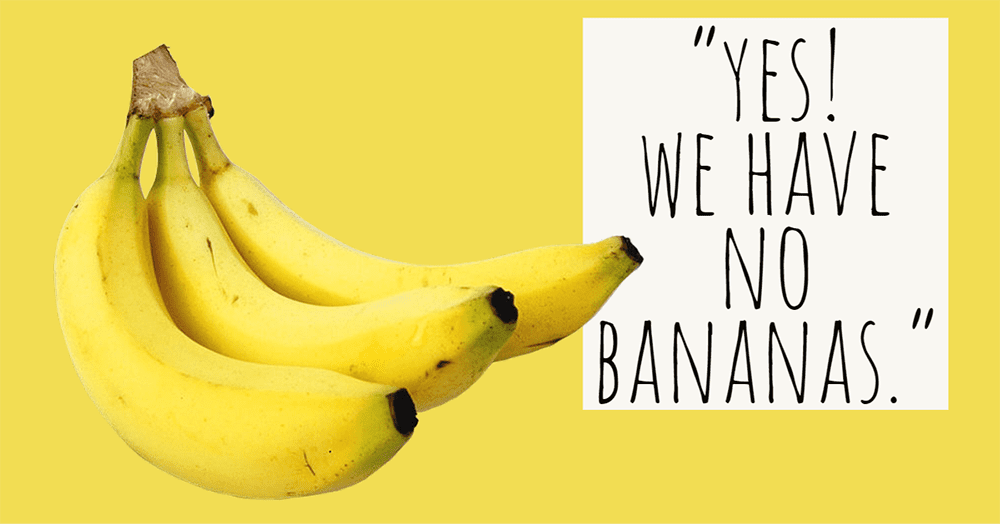Did bananas taste better a hundred years ago? Many people believe so. It’s widely assumed that the Gros Michel (or “Big Mike”) variety, which dominated the market a century ago, was superior in flavor to the now ubiquitous Cavendish.
The Gros Michel lost out, not because of consumer tastes, but because of the longstanding enemy of the banana plant: Fusarium wilt, aka Panama disease. An outbreak of this disease in the 1950s destroyed the Gros Michel industry and rendered it virtually extinct.
Except not entirely. The Gros Michel is still grown in Uganda, where it is called the Bogoya. It’s still found elsewhere, and science writer Anne Vézina attended a taste test held in Belgium in December 2018.
“People rooting for ‘Gros Michel’ will be disappointed by the results,” Vézina reports: “46% of the 113 participants gave a higher score to the taste of Cavendish, compared to 38% who preferred ‘Gros Michel’. The remaining 16% expressed no preference. Several participants told us they were surprised there was so little difference in taste.”
Which, at the very least, suggests that nostalgia for bygone bananas is overstated.
The similarity in taste is not surprising, because the banana is triploid, meaning that at some point an ancestor passed on a full set of genes, rather than a half set, as occurs in diploid species (for example, humans). “Gros Michel and Cavendish cultivars received the unreduced genome of a Mlali cultivar, which makes them at least half, or should I say two-third, siblings,” Vézina observes.
Given this close relation, it’s not surprising that the Cavendish, like its sibling, is susceptible to Fusarium wilt (although a different strain from the one that doomed the Big Mike). In fact the spread of the disease has given rise to fears that the Cavendish will go the way of its distinguished predecessor.
Some recent research gives hope for a solution to the Fusarium problem. A team of researchers led by plant pathologist George Mahuku discovered varieties in the Great Lakes region of Africa (spanning parts of nations including Kenya, Uganda, Tanzania, and Malawi) that are resistant to the disease. This is good news for growers in the region, who are mostly smallholders. The researchers are now investigating protocols for transferring resistance genes to susceptible cultivars.
So there’s some good news for the Cavendish on a couple of fronts. Not only may it be more flavorful than its reputation suggests, it may evade the sad fate of its legendary sibling.
The world banana industry is booming, having increased production from 69 million metric tons in 2000-02 to 116 million in 2017-19. Projections for the next years are for increased consumption in many major countries, including India, China, and Russia. (Not in the United States, however, which appears to be a mature market for bananas: consumption levels are expected to remain more or less stationary.)
Will plant science catch up with Fusarium before Fusarium catches up with the Cavendish? Only the future will tell. But if the Cavendish goes by the wayside, I could see a future for the small but delicately flavored red banana. I could even imagine it vanquishing its yellow relative in a taste test.




